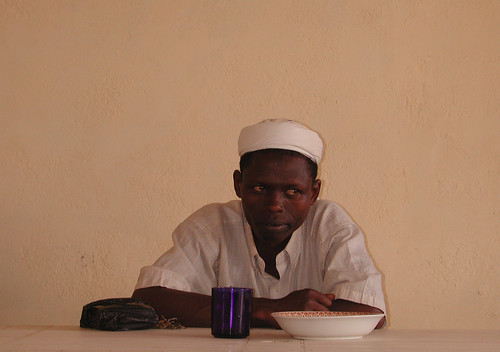While I was attending the children's Christmas Show earlier this week, I overheard the conversation next to me. An acquaintance of ours is nursing his wife back to health after a terrific car crash and is having trouble making good meals for the family with the extra work on his routine. We are going to be part of a list of people who are making meals for the family while they work through the healing time.
We don't think about the time that is spent every day procuring food or preparing it. We have two choices. Quick and easy from boxes and cans, or time-consuming from raw ingredients. The former is the way that I used to operate in the kitchen. Even when I had bulk ingredients, they were prepared with the aid of canned broths or boxed sides. Now I am able to start from scratch with basic ingredients and put together a meal that looks simple but requires time and patience to achieve. This is the starting point for the way I'll cook from here on out.
The women, and some men, in Kenya devoted a better part of the day to the preparation of the meal. Ingredients were usually harvested from the shamba or purchased fresh at the kiosks in the village. Then the ingredients were carefully cut and chopped by hand without the aid of appliances found in our kitchens. The meals I prepare with the skills I picked up in Kenya don't have a lot of variety but if I add these methods to my other cooking, that will be remedied. It's more important now to table a simple meal that is valuable not in its sophistication but in the time and care that it took to prepare it.
With time, I will present these recipes adapted to my lifestyle in the States. Then it should be easy to present the other meals we've grown up with the same care that goes into the Kenyan meal. In the mean time, I will get ready for my turn to cook for the busy family down the road, and the meal they get from this house will have the freshest stuff I can find and will be prepared by hand with as much time as I can find.
Kufurahia chakula.






